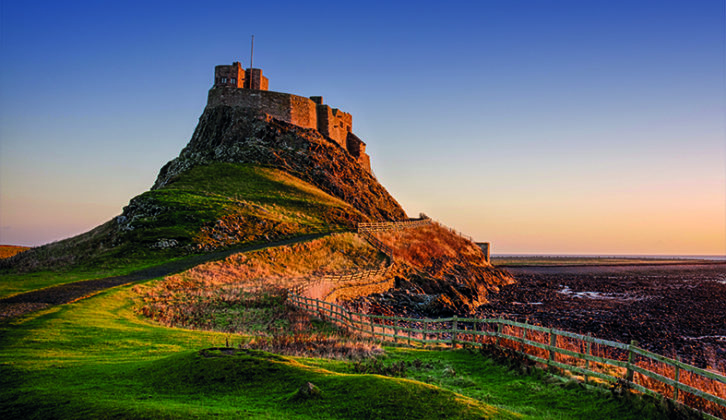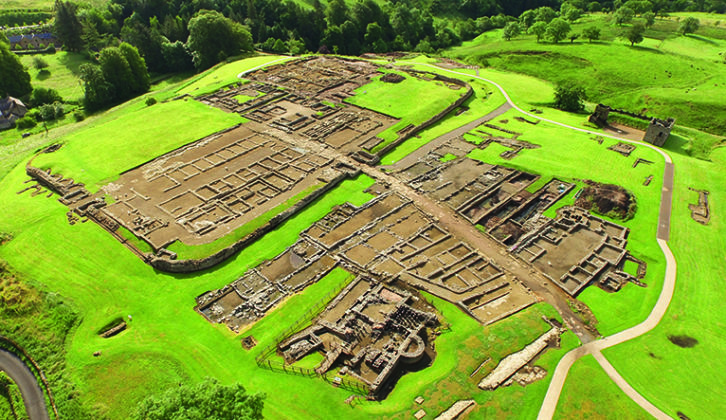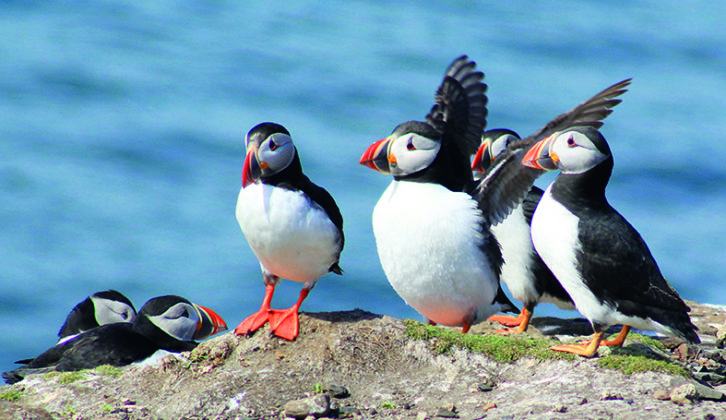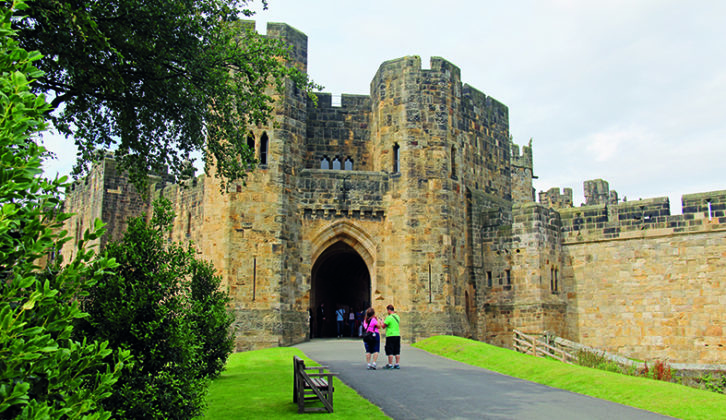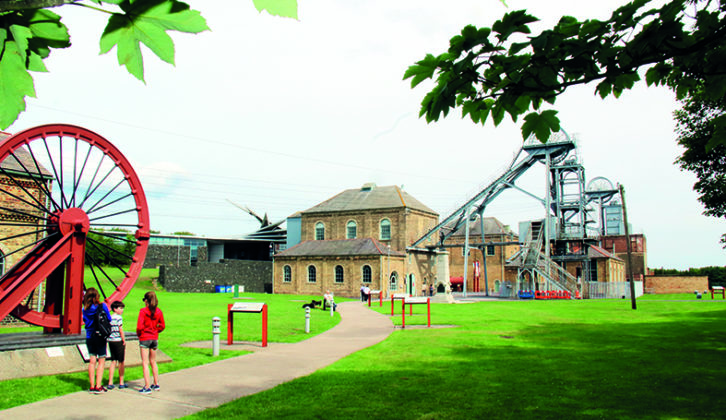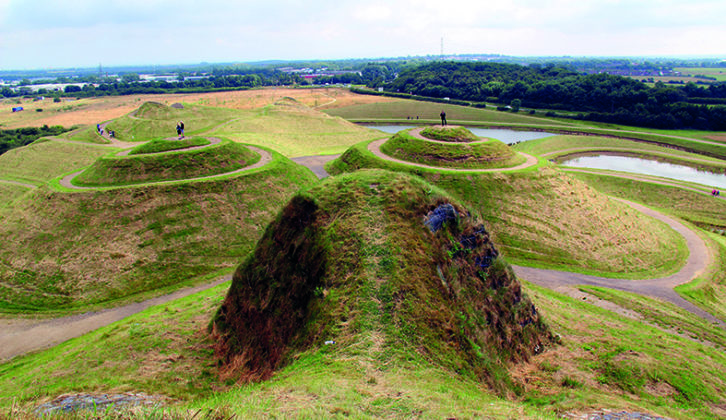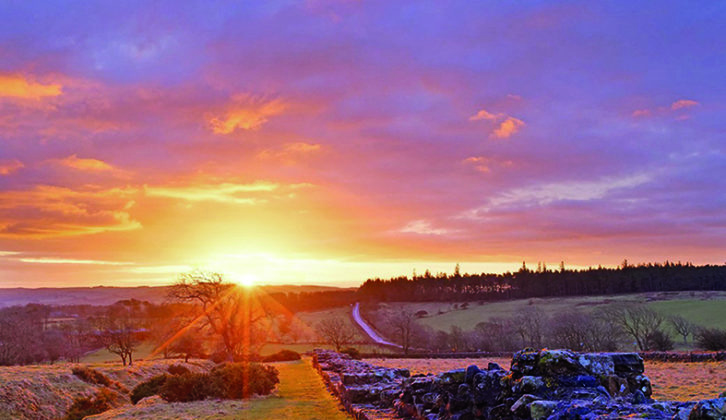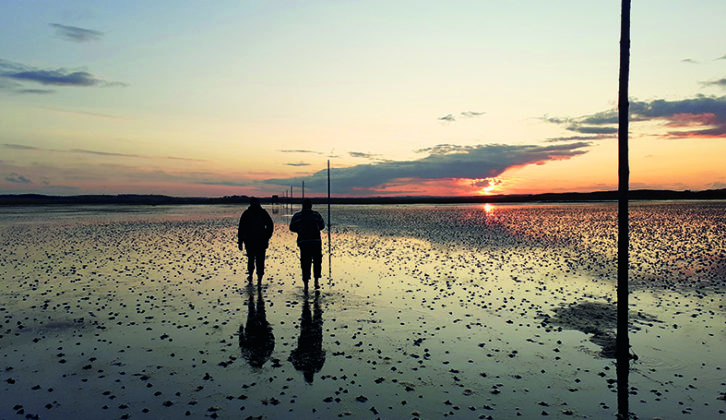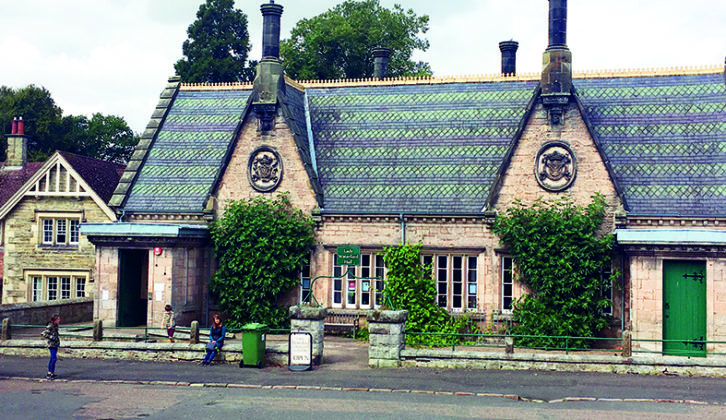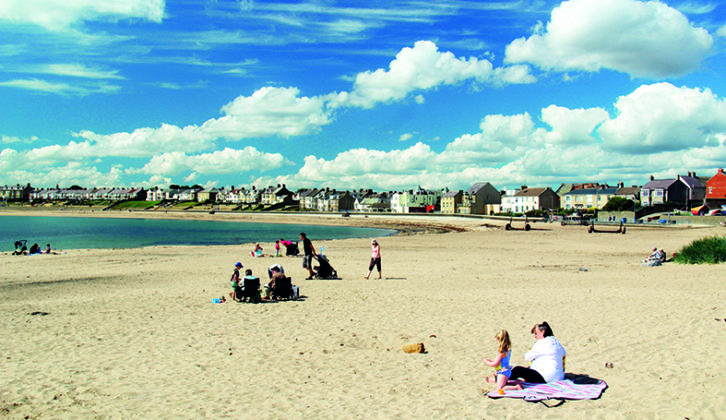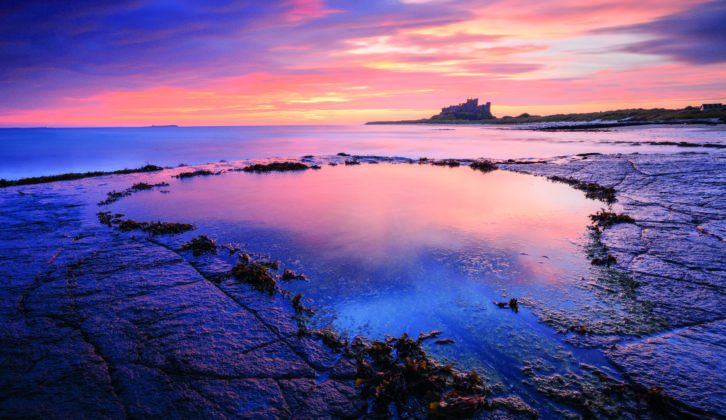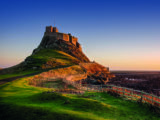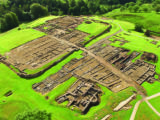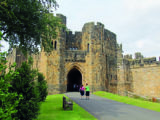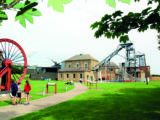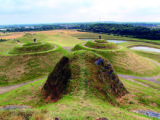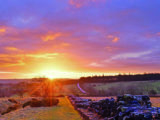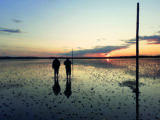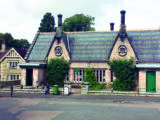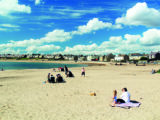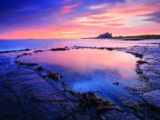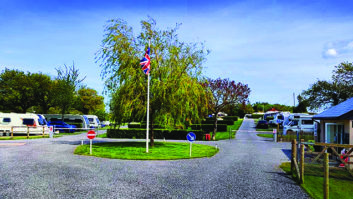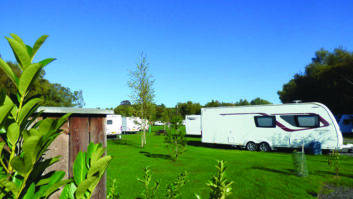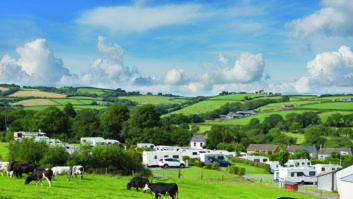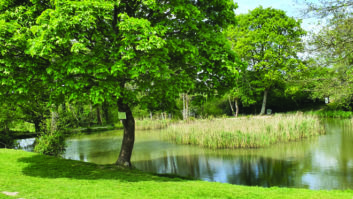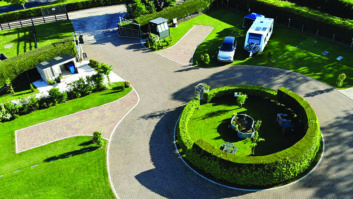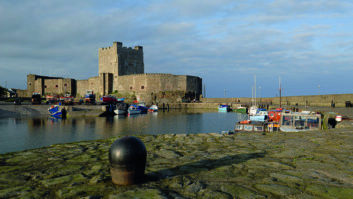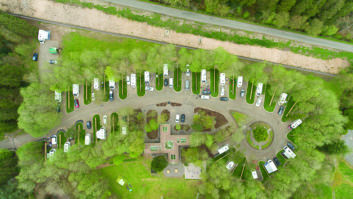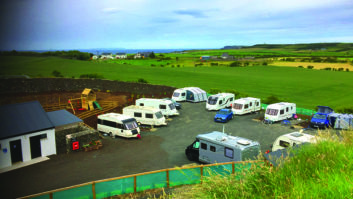VINDOLANDA
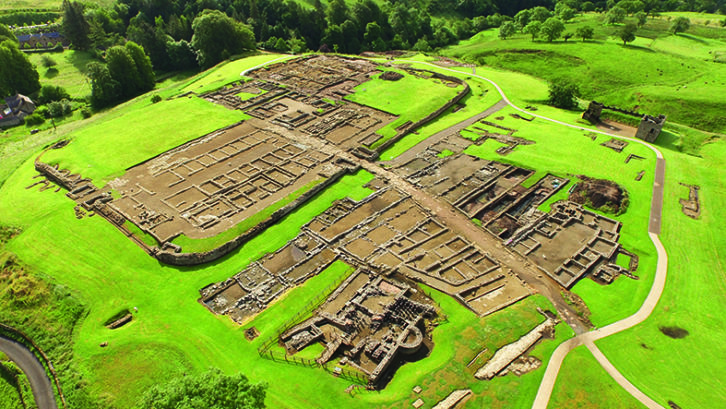
This enormous site contains both a modern world-class museum, using the latest interpretation techniques and displays to tell a venerable and intriguing Roman story, and ancient forts that are regarded as some of Europe’s most significant and richest historical resources.
An ongoing archaeological site, Vindolanda has been surrendering its thousand-year-old secrets on a daily basis for the past 40 years.
No other Roman location in Britain is as opulent in its findings, and you’ll see that everything on display here was unearthed just yards away.
Such unique collections afford a very special insight into the everyday lives of our predecessors.
FARNE ISLANDS
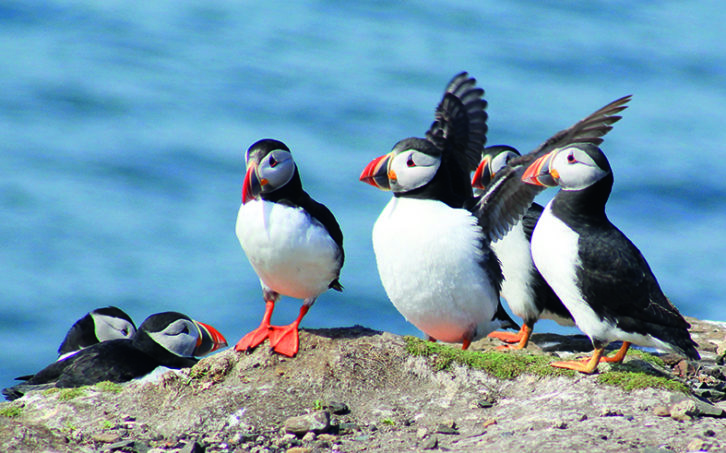
A scattering of tiny isles just off the rugged coastline of Northumberland, the Larne Islands are famous for their plentiful birdlife – especially much-loved puffins – and seal populations.
Between March and October, boat excursions head out from Seahouses, on the country’s north coast, to visit these bird-rich islands, where many seals also bask on the rocks. More than 1000 pups are born every autumn, and dolphin pods skim the waters.
This spot on the map is a wonderful haven for wildlife and, arguably, has the most exciting seabird colony in England, offering visitors unrivalled views of no fewer than 23 species, including some 37,000 puffin pairs.
ALNWICK CASTLE AND GARDENS
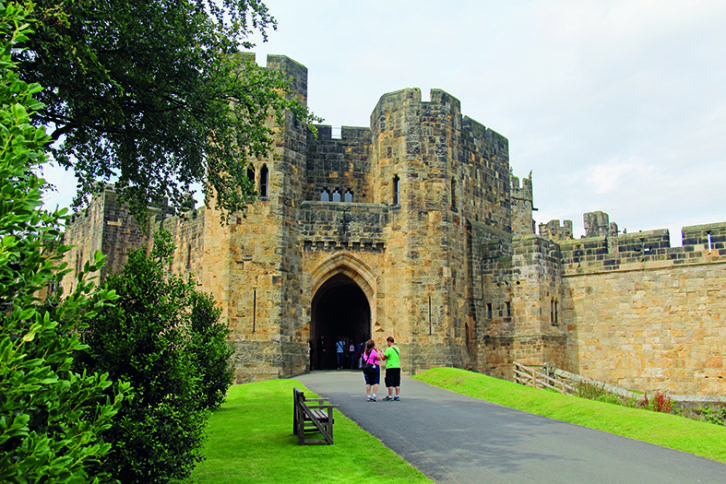
There are more castles in this historic corner of England than in any other county. A sign of the region’s turbulent past, more than 70 such places exist.
Although many have long since disappeared, others stand majestically along this sublime stretch of coast.
Alnwick Castle and its wonderful garden is a must for your itinerary. Dating from Norman times, it’s owned by the Duke of Northumberland and his wife, and has been home to the Percy family for over 700 years.
If it looks familiar, that’s because the setting is used regularly in film and TV. It’s easy to see why, with its magnificent State Rooms and acres of grounds.
Award-winning Alnwick Garden is an exciting complex of gardens with more than 4000 plant varieties. Enjoy a quiet stroll in the tranquil Cherry Orchard and Ornamental Garden before admiring the dramatic display produced by 120 water jets at the Grand Cascade.
WOODHORN MUSEUM
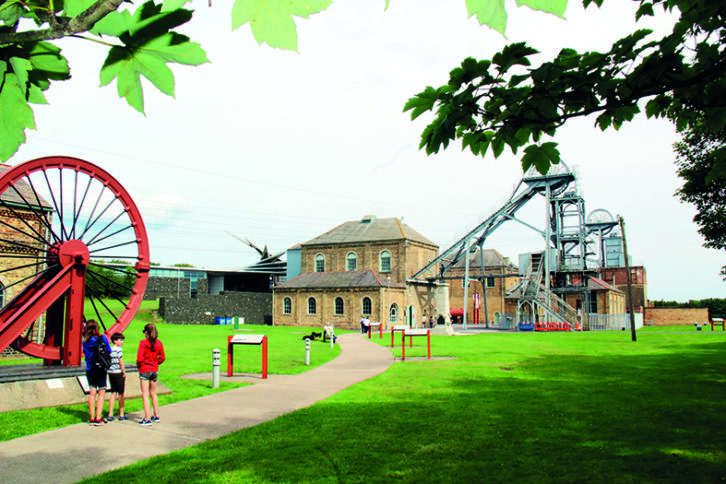
Located in what was once the world’s largest pit village, this former colliery is now a popular tourist attraction.
Covering everything from coal mining to contemporary art, Woodhorn Museum will certainly pique your interest.
The section on Northumberland’s industrial past, in particular, Coal Town, is fascinating. This realistic exhibition transports you to 1918, when a teenage miner was just starting his first shift.
Thanks to the brilliant sound effects and visual displays, you really get to appreciate what it was like working in the mine, learning plenty of interesting facts along the way. Did you know, for example, that coal is 50 million years older than the first dinosaurs?
NORTHUMBERLANDIA
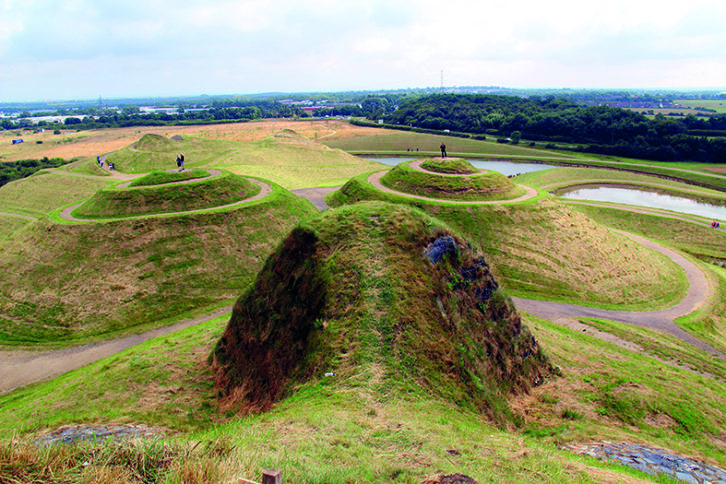
One very distinctive attraction not to be missed is Northumberlandia, the world’s largest human landform sculpture, near the town of Cramlington.
Shaped like a reclining female figure, this imposing work was completed in 2012 and now provides opportunities for walking and enjoying spectacular views of the area, with four miles of footpaths winding their way over and around the undulating forms set in a 46-acre park.
Created by renowned landscape designer Charles Jencks, it celebrates the Earth’s power and human ability to reshape land. In total, approximately 1.5 million tonnes of soil and clay from Shotton Surface Mine were used to make this ambitious piece of public art.
HADRIAN’S WALL
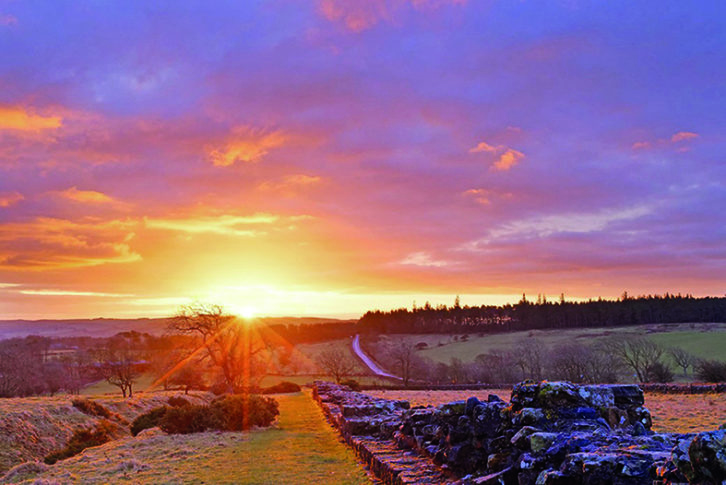
Snaking its way across the south of the county, Hadrian’s Wall – reputedly built by 15,000 men in under six years – was constructed during the reign of Emperor Hadrian and marked the Roman Empire’s northernmost frontier.
The wide, rolling landscapes surrounding the wall – a World Heritage Site stretching from the Irish Sea to the North Sea – are beguiling, and iconic Sycamore Gap is a must-see. In pride of place here you’ll discover one of the UK’s most photographed trees (also known as the Robin Hood Tree).
On a steep slope overlooking miles of beautiful countryside, Housesteads Roman Fort is a real gem and attracts many visitors from across the world.
In Roman times, this important settlement was a thriving location and it is estimated that approximately 800 soldiers were based here, while many local civilians and traders lived just beyond the fort walls.
LINDISFARNE
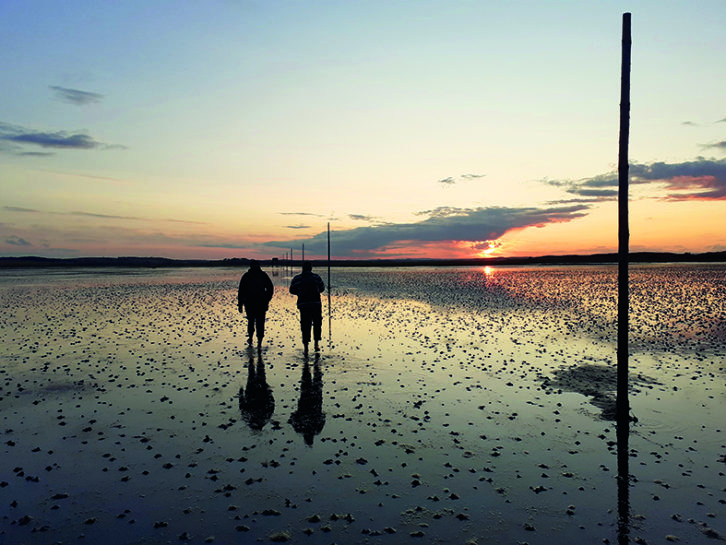
Take advantage of low tide and you can stroll across the causeway to admire 16th-century Lindisfarne Castle, rising up from the rock face at the tip of Holy Island, off the Northumberland coast.
Originally constructed to defend a harbour sheltering English ships during their frequent battles with Scotland, this idyllic location enjoys a superb vantage point.
The imposing castle was still standing in 1901, when it was acquired by Edward Hudson, wealthy founder of Country Life magazine. It was transformed into a very luxurious holiday home for him by renowned architect Edwin Lutyens.
Cut off twice daily from the rest of the world by the fast-moving tides, Holy Island also houses a rich history within its ancient tidal walls.
Arguably the holiest site throughout Anglo-Saxon England, the islands numerous attractions include ornately carved stonework in the ruins of the 12th-century priory buildings.
FORD & ETAL ESTATES
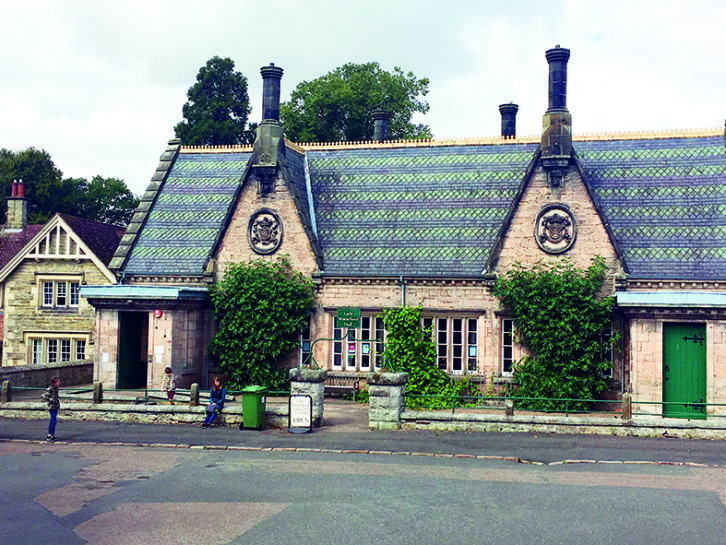
Situated in the north of the region, Ford & Etal is a large agricultural area encompassing many attractions and family activities.
Nestled in the valley of the River Till, between the Scottish border and the Cheviot Hills, Ford is a tranquil Victorian village with many pristine gardens, attractive cottages, a fine old post office and a historic church.
Ford is also home to the famous Lady Waterford Hall, and a visit to this wonderful Grade II-listed building is recommended. It served as the village school for more than 100 years and is now a thriving gallery, exhibiting world-famous watercolour murals alongside fascinating items dating back to its educational role.
Heatherslaw, just down the road, is the location for the family-friendly Heatherslaw Corn Mill, where you can watch traditional milling and admire beautifully restored and preserved 19th-century machinery.
NEWBIGGIN-BY-THE-SEA AND MARITIME MUSEUM
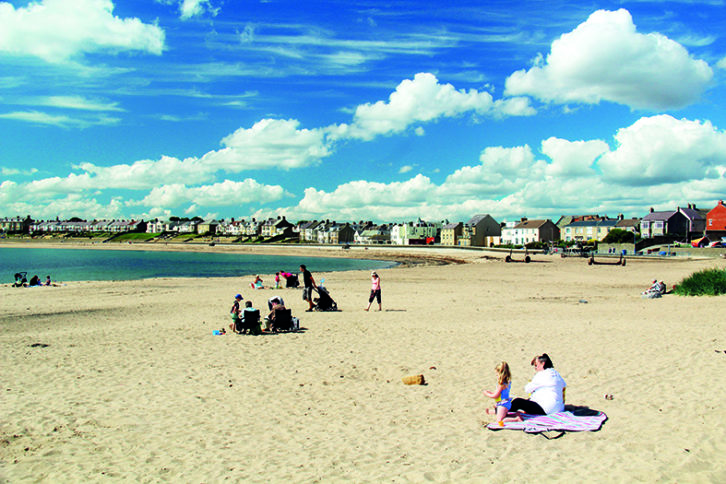
The small town of Newbiggin-by-the-Sea saw its beach undergo redevelopment in 2007, having suffered from erosion for years. Over 500,000 tonnes of sand were transported to the shoreline here from Skegness.
The project also involved building a new breakwater, now attracting attention in its own right thanks to the 12.5m-high statue. ‘Couple’, by artist Sean Henry.
As well as the beach, another worthwhile attraction is the Maritime Museum. Small but informative, it tells the story of the town’s fishing industry, with displays on the ground floor dominated by a fine example of a coble (flat-bottomed boat).
There are interesting artefacts and an enlightening video revealing what life was like back in the days when fishing formed an integral part of the local community. Also housed here is the Mary Joicey, the last Newbiggin all-weather lifeboat.
BAMBURGH BEACH
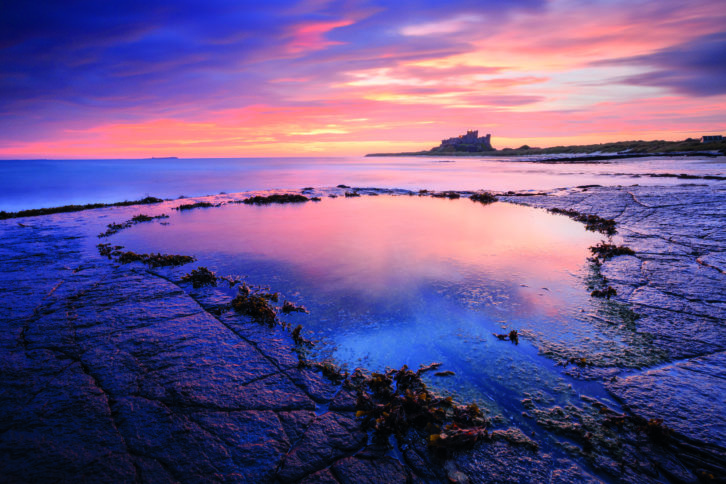
Northumberland’s wonderful coast has more than 30 miles of glorious beaches. But it’s hard to beat Bamburgh Beach, an expansive stretch of golden sand overlooked by impressive Bamburgh Castle – a truly iconic landmark.
If the castle looks strangely familiar, it’s because it has often featured in TV and film productions, including Steven Spielberg’s adaptation of Roald Dahl’s much-loved book, The BFG.
Once home to kings of Northumbria, the castle stands high above the long, sandy beach. It’s here that the world’s first lifeboat station is thought to have been established, in the 18th century.
Clamber through the dunes – home to a variety of flora and fauna – to the shore and you can enjoy a bracing walk on the beach. Head north to reach Stag Rocks, a very popular birding site, and the small lighthouse, the most northerly of its kind on mainland England.
If you’re looking for another way to take in the beauty of the coast in the area, the latest stretch of the King Charles III England Coast Path in Northumberland could be the answer, as it stretches from Bamburgh to the Scottish border.
If you liked this… READ THESE:
Northumberland – Practical Caravan Travel Guide
North East England – Practical Caravan Travel Guide
10 Top Sites for World Heritage
For a selection of fabulous campsites in the area – and across the UK – don’t forget to download your free copy of the Top 100 Sites Guide.
If you’ve enjoyed reading this article, why not get the latest news, reviews and features delivered direct to your door or inbox every month. Take advantage of our brilliant Practical Caravan magazine SUBSCRIBERS’ OFFER and SIGN UP TO OUR NEWSLETTER for regular weekly updates on all things caravan related.
